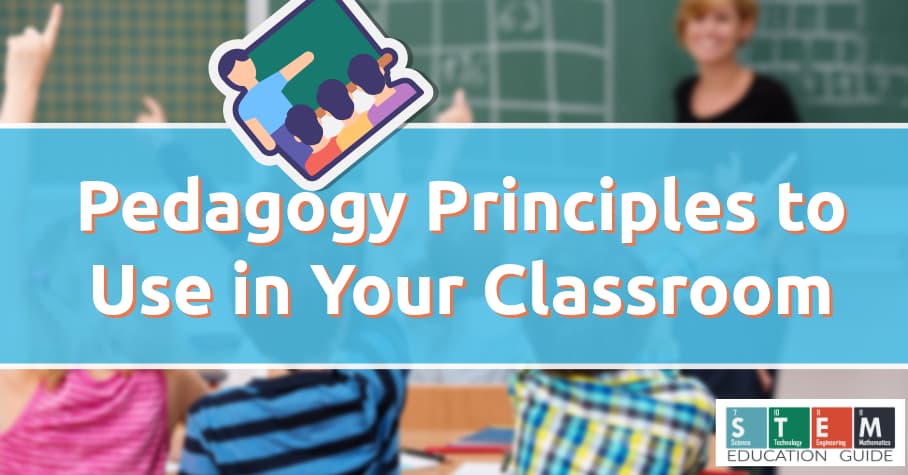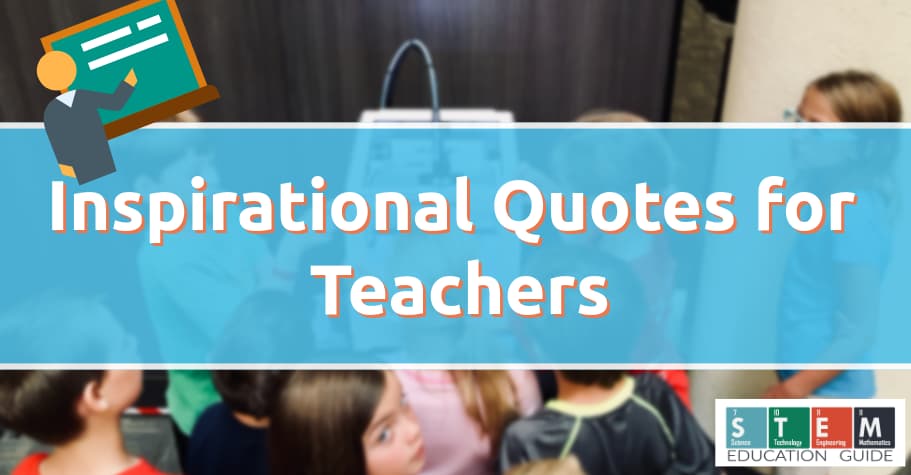Inquiry-based learning builds on this fundamental drive to discover, improve, understand, and create a better world in the face of uncertainty.
Inquiry-based strategies provide teachers with powerful tools to facilitate interactive learning and collaborative problem-solving. Teachers can use inquiry-based instruction to guide students through a deeper understanding of core concepts and challenge them to think critically about their work.
This article will explore how inquiry-based strategies can transform classrooms into creative learning environments that support student growth.
Table of Contents
What is Inquiry-Based Learning
Humans have been practicing various forms of inquiry-based learning for centuries, including great thinkers like Einstein and Socrates. It happens when learners are curious and engaged in solving an authentic, meaningful problem. That’s the basic gist of it: asking intriguing questions and searching for useful answers.
Depending on the practitioner and context, inquiry-based learning can be more student-centered or teacher-led. This video from John Spencer suggests four levels of inquiry, which depend on the adult or teacher’s relative involvement, compared to the youth or students’ freedom.
We will delve more deeply into the process of inquiry-based learning and planning — including some of the specific steps that benefit from more or less teacher involvement — but in general, it’s helpful to remember that more student action equals more student engagement.
Sure, listening is a form of engagement, too, but are they really listening?
At its best, inquiry-based learning is an experiential practice that allows children to wrestle with real, relevant problems and to propose and enact their own creative solutions.
Benefits of Inquiry-Based Learning
The benefits of inquiry-based learning depend a bit on how it’s practiced. One of the clearest benefits is the built-in contextualization.
One year, I worked in a school with a shared annual goal for all teachers to practice purposing each lesson. This meant letting students know why a given lesson or topic was useful or relevant to their lives— why should they even learn this?
Sounds pretty straightforward, right?
Providing a solid reason or motivation to learn helps boost engagement and earn more student buy-in. Plus, it helps you (the teacher) frame the work, too.
It might guide your choice of applied learning tasks, inspire you to bring in a particular object to show, remind you of a story to tell, or it might even change the way you explain something.
Teachers can increase engagement even more by letting the students determine the purpose of a lesson (with varying levels of guidance as appropriate). In inquiry-based learning, this means allowing learners to ask their own questions and develop their own research focus.
Let’s look at how this works.
Examples of Inquiry-Based Learning

Words like inquiry, problem-solving, and research often remind us of STEM fields, which seem to be naturally inquiry-based. But just carrying out experiments or solving math problems is not necessarily inquiry-based on its own — it’s all about that context.
Inquiry-based learning is usually experiential (i.e. hands-on) and project-based. As a STEM educator, you might walk students through a robot-building kit, sharing the ins and outs of circuitry, measurement, and building. At the end of the day, they’ll be able to build a robot as well as anybody else with all the parts laid out.
But what if they don’t care about robots? What did they learn? How much will they remember?
In inquiry-based learning, there is more room for creativity, invention, and deeper understanding. What good is robotics? Why was this field developed? What tasks would be easier completed with robotic support? Where have you seen robotics used in the world? What materials are involved? Are they the best materials? Why or why not.
The questions could be infinite!
Make sure you don’t ask all of them; just ask a few and let the students ask even more. This is one of those times where it’s best if you don’t have all of the answers, so give yourself a break. You’ll want to track them down together, in a voyage of pure discovery.
The science fair is a classic example of inquiry-based learning, where students come up with their own projects, their own process, and their own rationale.
Last year, high school student Dasia Taylor was inspired to enter her state-wide science fair with an amazing idea. She had learned about color-changing sutures that could detect infection and wound-healing status, but they were accessible only to the wealthy.
Driven by a well-researched need for better access and equity, particularly among low-income communities and developing countries, Dasia invented a version of the color-changing sutures that would be more affordable and could be more widely produced. Read about her focus on racial equity and her personal drive to solve this big problem.
Dasia and the science fair provide an awesome example of inquiry-based learning addressing a real-world problem, and genuine curiosity and practice paving the way to success. If you can find ways to harness that science fair mentality more often, including for other topics, your learners might surprise you with their ingenuity.
This example from Youthlearn.org walks you through the process of an inquiry-based lesson on a social studies topic. It allows students to practice using valuable resources, like nonfiction texts and computers, when a purely hands-on approach may not always be available or appropriate.
Gifted students take different approaches and require new methods to help them learn best. Join us in our article, Teaching Strategies & Tips for Gifted Students.
Challenges of Inquiry-Based Learning
A more student-centered, open-ended inquiry process can be hard for many educators to embrace.
As the responsible adult in the room, it can be scary to let go of the reins. We also know that certain learners need more targeted guidance and support, and finding the right mix of teacher direction and student ownership can be tricky.
Inquiry-based learning also requires a hefty number of supplies. Whether books, tech resources, science equipment, building supplies, or even study participants, students are going to need a lot of stuff. Planning and preparing is essential. And getting a big teacher bag.
Additionally, inquiry-based lessons can become surprising, frustrating, or unpredictable with diverse groups of students who all have such different backgrounds and knowledge, you can’t always guess what direction the learning will take. This makes it tough to plan.
That brings us to my favorite strategy for implementing this style of learning with your kids.
Pedagogy encompasses both the what and the why: what teaching strategies are you employing throughout a lesson, and why did you choose those? Check out our article all about Pedagogy Principles to Use in Your Classroom.
Strategies for Implementing Inquiry-Based Learning
You can find an array of processes and formulas for inquiry-based learning from various authors, teachers, and theorists. I like the 5 E’s laid out by Dr. Sam Northern in the American Association of School Librarians (AASL) journal publication Knowledge Quest. The 5 E’s are:
- Engage
- Explore
- Explain
- Elaborate
- Evaluate
In this model, instruction begins with the students (not the teacher). Learners are immediately engaged with the material, either something hands-on that they can interact with or even a compelling video or text.
During the engagement phase, the teacher might offer a few prompts but is ultimately an observer, assessing students’ existing knowledge and understanding.
Learners continue to explore the subject at hand, asking their own questions, forming hypotheses, talking to each other, and trying things out. They are inspired by peers and by the task or objects in front of them.
As learners eventually begin to explain and elaborate together, the teacher may take a more active role in guiding the conversation, providing additional information, highlighting key points, and making important whiteboard notes.
This model was designed for STEM learning, but it can be applied across fields. As with project-based learning, inquiry-based strategies provide a great jumping-off point for cross-curricular thematic units.
Wrapping Up Inquiry-Based Strategies
Inquiry-based learning creates an environment in which students’ limits are not defined by the lesson, but by the depths of their own curiosity and enterprise. In this way, it becomes possible to reach beyond the curriculum, using existing material as a jumping-off point toward more.
Teachers serve as observers, supporters, and guides, but the learners lead. Bring your own set of questions as an emergency tool and a backup, but go into your inquiry-based lesson without too many specific expectations. Who knows what you and your learners may discover!
Are you looking for a pick-me-up? Please take a look at our article all about Inspirational Quotes for Teachers.











